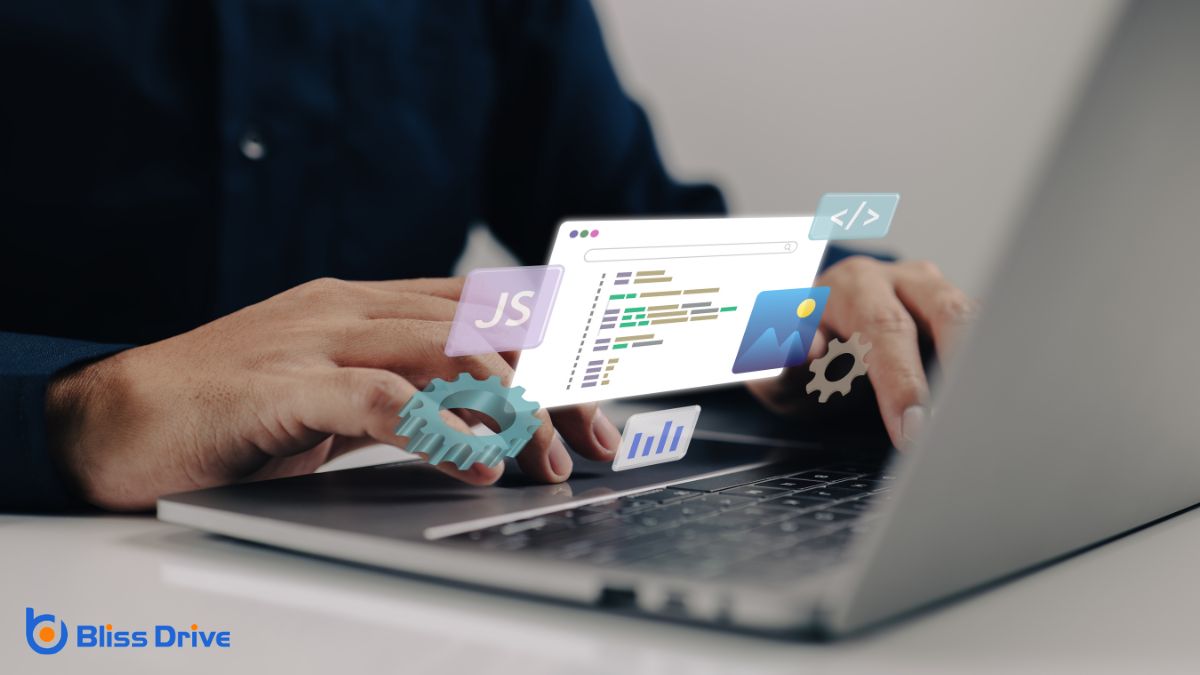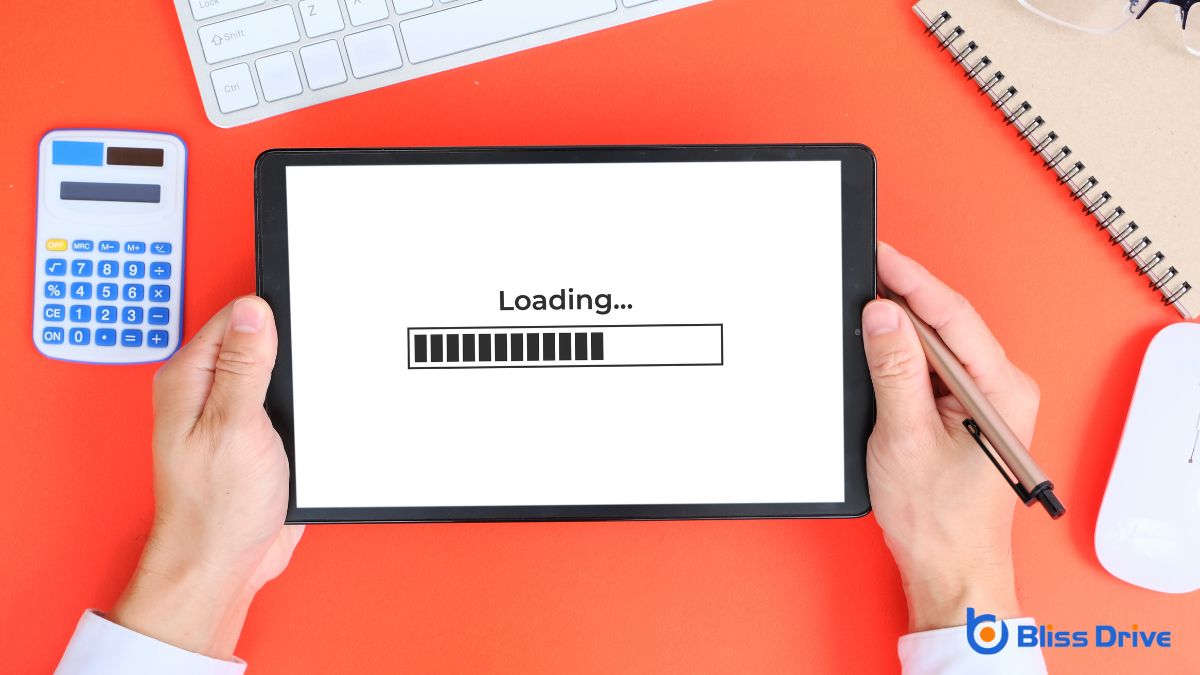Digital Marketing Services
Learn More About Us

When you browse the internet, have you ever noticed how some websites load quickly while others seem to lag? That's where site speed comes in. It's all about how fast a webpage fully loads in your browser, affecting your experience and engagementThe interactions that users have with a brand’s content on social media.. But why does it matter so much? And how can you guarantee your site keeps visitors happy and engaged? Let's explore this essential aspect of web development and its impact.

While diving into the digital domain, understanding site speed becomes essential. You might wonder what site speed actually means. Simply put, it's the time it takes for your webpage to fully load in a user's browser.
This involves various elements like images, scripts, and style sheets coming together seamlessly. When a site loads quickly, it creates a smooth experience, allowing users to access content without frustration.
You'll find that a faster site keeps visitors engaged and encourages them to explore more. To gauge your site's speed, tools like Google PageSpeed Insights can be invaluable. They provide insights into what's working and what needs improvement.
When it comes to user experience, site speed plays an essential role in shaping how visitors perceive your website. If your site loads quickly, users are more likely to stay, explore, and return. A fast website creates a positive impressionWhen an ad is displayed on a user’s screen., showing you value their time and attention.
On the other hand, slow-loading pages can frustrate users, causing them to leave and potentially never return. This negative experience might leadA potential customer referred by an affiliate who has shown interest in the product or service but h... to higher bounce rates, reducing engagement and conversions. Users expect instant access to information, and a delay of even a few seconds can make them lose interest.
You'll find that search engines use several methods to evaluate site speed, focusing on load time metrics, Core Web Vitals, and mobile performance analysis.
They measure how quickly your site's pages load and assess factors like interactivity and visual stability.
Mobile performance is essential too, as search engines prioritize sites that deliver fast experiences on all devices.
Understanding how search engines evaluate site speed hinges on key load time metrics. You need to focus on these metrics to guarantee your site performs well.
Time to First Byte (TTFB) measures how long the server takes to respond. A lower TTFB means faster initial interactions.
First Contentful Paint (FCP) is when the first visual element appears, vital for user perception.
Speed Index indicates how quickly content is visually displayed during loading. Keep this low to enhance user experience.
Load Time, the complete time for a page to fully load, should also be minimized.
These metrics collectively paint a picture of your site’s performance, helping search engines determine the speed and efficiency of your site.
Prioritize these metrics for better search engine rankings.
Load time metrics lay the groundwork for understanding site speed, but Core Web Essentials take this evaluation to a new level. They focus on three critical aspects: loading, interactivity, and visual stability.
First, Largest Contentful Paint (LCP) measures loading performance; you want this to happen quickly. Next, First Input Delay (FID) assesses interactivity, capturing how responsive your site feels to users when they first try to interact.
Finally, Cumulative Layout Shift (CLS) gauges visual stability, guaranteeing elements don't move unexpectedly. Search engines like Google use these Core Web Vitals to evaluate user experience.
Improving these metrics boosts your site's performance and helps you stand out in search rankings. Focusing on them guarantees visitors a seamless experience, enhancing satisfaction and retention.
When it comes to evaluating site speed, search engines pay close attention to mobile performance analysis, as more users access the internet via mobile devices.
They prioritize how quickly your site loads on smartphones and tablets, which can directly influence your search rankings. Google's mobile-first indexingGoogle’s practice of using the mobile version of a website for indexing and ranking. means they primarily use the mobile version of your site for ranking and indexingThe process of adding web pages into a search engine's database..
Consequently, you should guarantee your site's mobile performance is first-rate.
Focus on optimizing images, reducing server response times, and enabling browser caching. Tools like Google's PageSpeed Insights can help you identify performance issues specific to mobile.
To effectively measure your site's speed, you should focus on key performance indicators like load time and time to first byte.
You'll find popular tools like Google PageSpeed Insights and GTmetrix invaluable for getting detailed insights into these metrics.
Using these tools, you can pinpoint issues and optimize your site's performance for a better user experience.
Understanding the key performance indicators (KPIs) for site speed is essential because they directly impact user experience and search engine rankings.
You need to focus on metrics like First Contentful Paint (FCP), which measures the time it takes for the first element to appear on the screen. Then there's Time to Interactive (TTI), indicating when a page becomes fully interactive.
Speed Index shows how quickly the content is visually displayed. Another vital KPI is the Largest Contentful Paint (LCP), which tracks how fast the main content loads.
Cumulative Layout Shift (CLS) measures visual stability by tracking unexpected layout shifts. Monitoring these KPIs helps you identify bottlenecks and optimize your site, ensuring users have a smooth, engaging experience.
Evaluating site speed effectively requires the right tools at your disposal. You don’t want to guess when it comes to understanding how quickly your site loads.
Google PageSpeed Insights is a popular choice that analyzes your site and offers specific suggestions for improvement. Another great tool is GTmetrix, which provides detailed performance reports and tracks changes over time.
For real user monitoring, Pingdom Tools is invaluable, offering insights into how actual visitors experience your site. WebPageTest is also a great option if you need thorough analysis across different browsers and locations.
Each tool has its unique strengths, so it’s wise to use a combination to get an extensive view of your site’s performance. Choose what fits your needs best.
When it comes to site speed, several key factors can greatly impact how quickly your website loads.
First, consider the size of your images; large files take longer to load, slowing down your site. Compressing images can help.
Next, examine your website’s code. Bulky, unoptimized code can bog down performance. Simplifying and minifying your CSS, JavaScript, and HTML files can make a significant difference.
Another factor is server response time. If your hosting server is slow, your site will lag. Upgrading to a faster hosting plan can enhance speed.
Also, remember the number of plugins and widgets you use. Each one adds load time, so keep them minimal.
Finally, consider browser caching, which influences how often files are reloaded.
To optimize your site's load time effectively, start by compressing your images to reduce their size without sacrificing quality. This guarantees faster loading while keeping your visuals sharp.
Next, leverage browser caching; it stores some website data on users' devices, minimizing repeated resource downloading.
Minimize HTTP requests by combining files like CSS and JavaScript. Enabling file compression using Gzip also reduces the file sizes that the server sends to browsers.
Additionally, consider using a content delivery network (CDN)A system of distributed servers that deliver content to users based on their geographic location.. A CDN distributes your site's content across multiple servers globally, speeding up delivery by utilizing the nearest server to the user.
Lastly, take advantage of asynchronous loading for scripts. This allows different page elements to load simultaneously, preventing bottlenecks and guaranteeing a smoother, faster experience for your visitors.

As web development continues to evolve, the future of site speed is increasingly pivotal in delivering ideal user experiences. You’ll find that faster sites enhance engagement and satisfaction by reducing wait times, thereby fostering a more seamless interaction.
Prioritizing speed also boosts your search engine rankings, making your site more visible to potential visitors.
Looking ahead, emerging technologies like 5G, edge computing, and AI-driven optimizations will reshape how quickly sites load. These advancements will empower you to deliver content swiftly, even to users with varying network conditions.
Embrace these innovations, and you'll stay ahead in the competitive digital landscape. Remember, your users expect a fast, responsive website, and focusing on site speed guarantees you meet their needs efficiently and effectively.
You've learned that site speed is essential for keeping visitors engaged and improving your search engine rankings. By optimizing load times, you enhance user experience, reduce bounce rates, and encourage users to explore more of your content. Use tools to measure your site's speed and identify areas for improvement. Addressing common issues like large images and inefficient scripts can make a big difference. Stay proactive, as the future of web development will continue to prioritize fast-loading sites.
